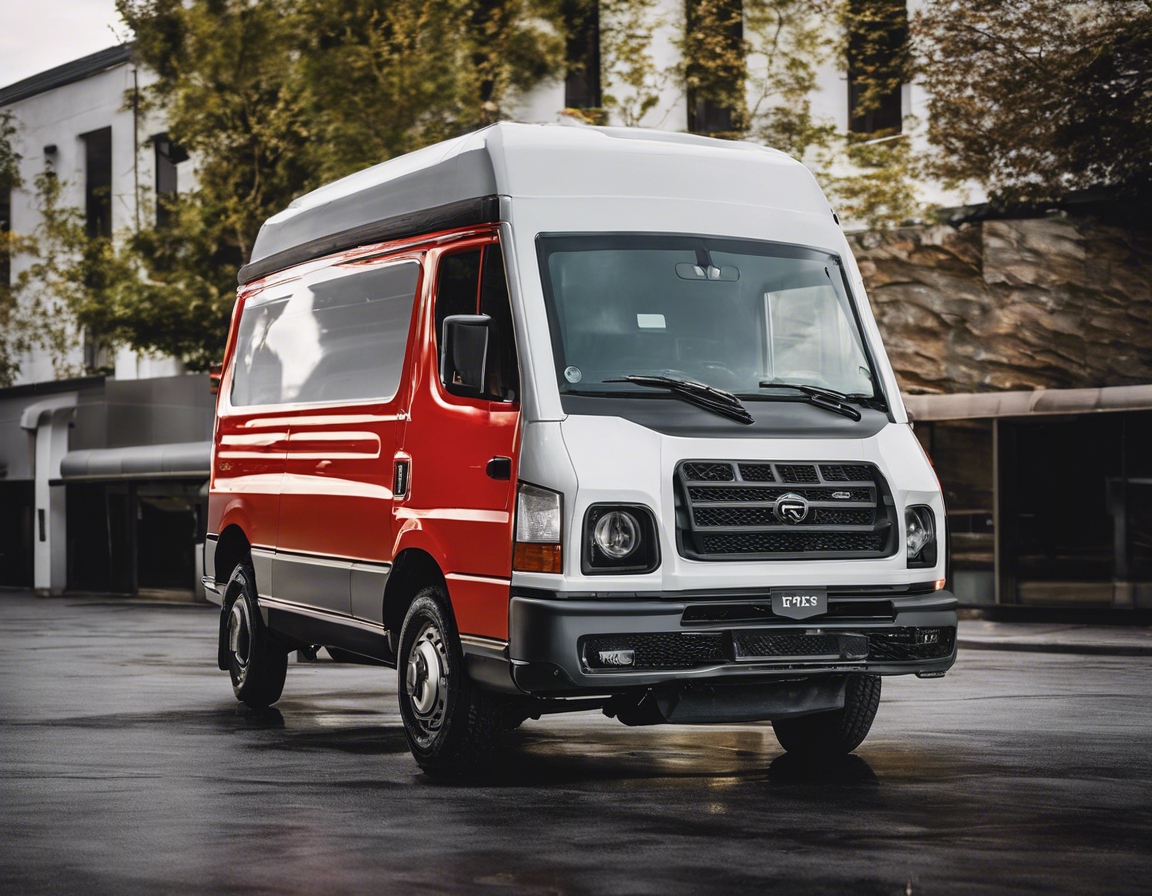The ultimate guide to custom van superstructures
Custom van superstructures are specialized enhancements made to the chassis of vans to cater to specific transportation needs. These modifications are crucial for businesses that require unique solutions for cargo transport, offering the flexibility to design a vehicle that meets precise operational demands.
The evolution of van superstructures has been driven by the need for more efficient, safe, and specialized transportation solutions. From simple modifications to advanced, technology-driven structures, the industry has seen significant advancements over the years.
Types of Custom Van Superstructures
Refrigerated superstructures are essential for transporting perishable goods. They are designed with advanced cooling systems to maintain specific temperatures and ensure the integrity of the cargo.
Dry freight superstructures are the backbone of the logistics industry, providing secure and weatherproof environments for a wide range of goods.
Transporting hazardous materials requires specialized superstructures that comply with strict safety regulations to prevent accidents and environmental damage.
Custom superstructures for livestock transportation are designed to ensure the safety and comfort of animals during transit, with features such as ventilation systems and easy-to-clean surfaces.
Design Considerations for Custom Van Superstructures
The choice of materials for superstructures impacts durability, weight, and thermal properties. High-strength steel, aluminum, and composites are commonly used based on the application.
Effective thermal insulation and temperature control systems are critical for refrigerated superstructures, requiring careful design to maintain consistent temperatures.
Ensuring cargo is secure and maximizing space utilization are key considerations in superstructure design, involving the use of tie-down points, shelving, and custom layouts.
Designing superstructures with aerodynamics in mind can significantly improve fuel efficiency, reducing operational costs and environmental impact.
Technological Advancements in Superstructure Customization
Integrating smart technologies such as GPS tracking, temperature monitoring, and automated loading systems enhances the functionality and security of custom superstructures.
The use of advanced materials and construction techniques can lead to lighter, stronger, and more thermally efficient superstructures.
As the industry moves towards electric and hybrid vehicles, custom superstructures are being adapted to accommodate the unique requirements of these powertrains.
Regulatory Compliance and Safety Standards
Navigating the complex landscape of international and local regulations is essential for custom superstructure design and operation.
Incorporating safety features and designing for accident prevention are paramount in custom superstructure development, ensuring the well-being of drivers and the public.
Choosing the Right Partner for Customization
Partnering with a company that has extensive experience and expertise in custom superstructures is crucial for achieving the desired outcome.
A transparent customization process that involves the client at every stage ensures that the final product meets all specific requirements.
Reliable after-sales support and comprehensive warranties are essential for maintaining the performance and longevity of custom superstructures.






Comments (0)